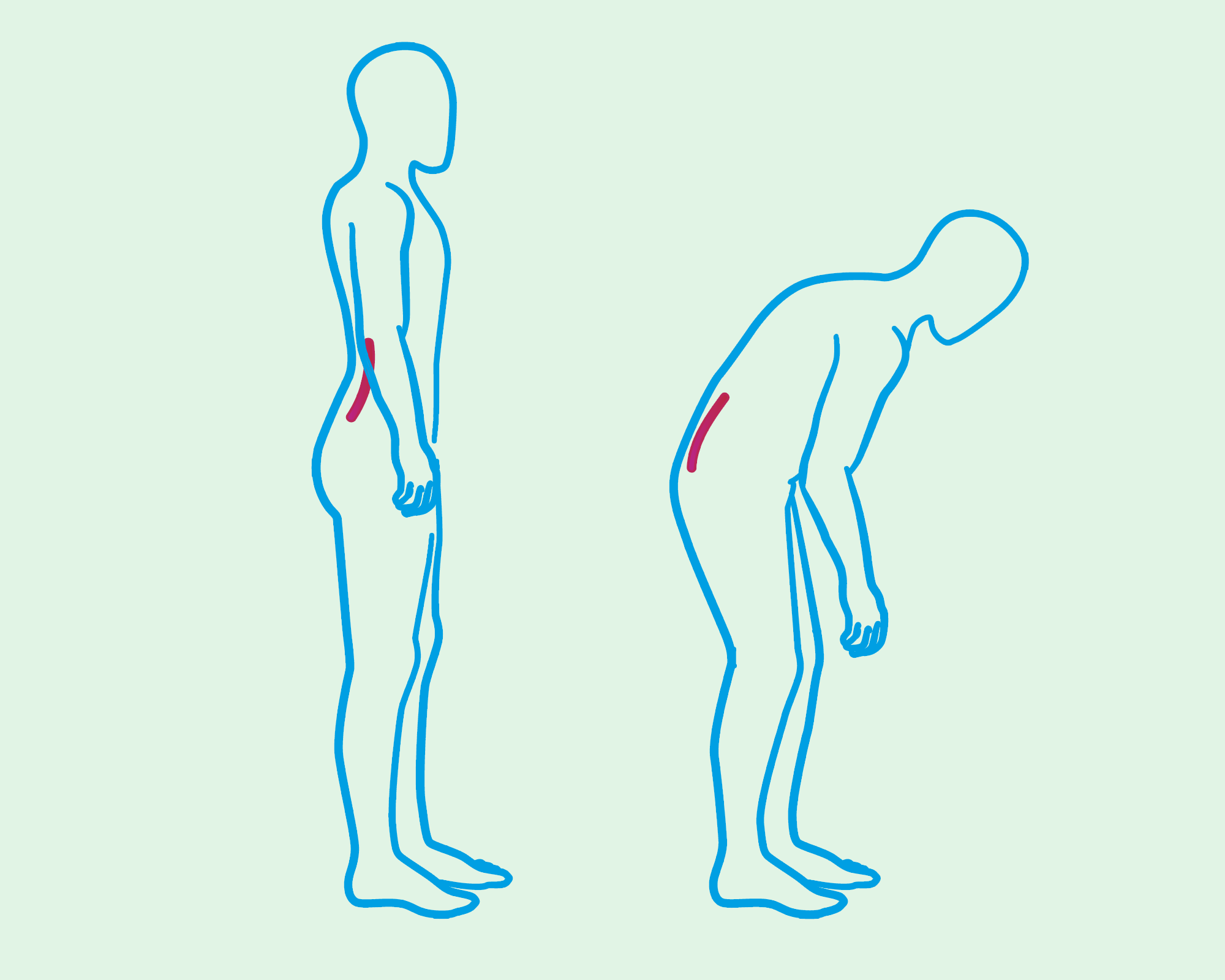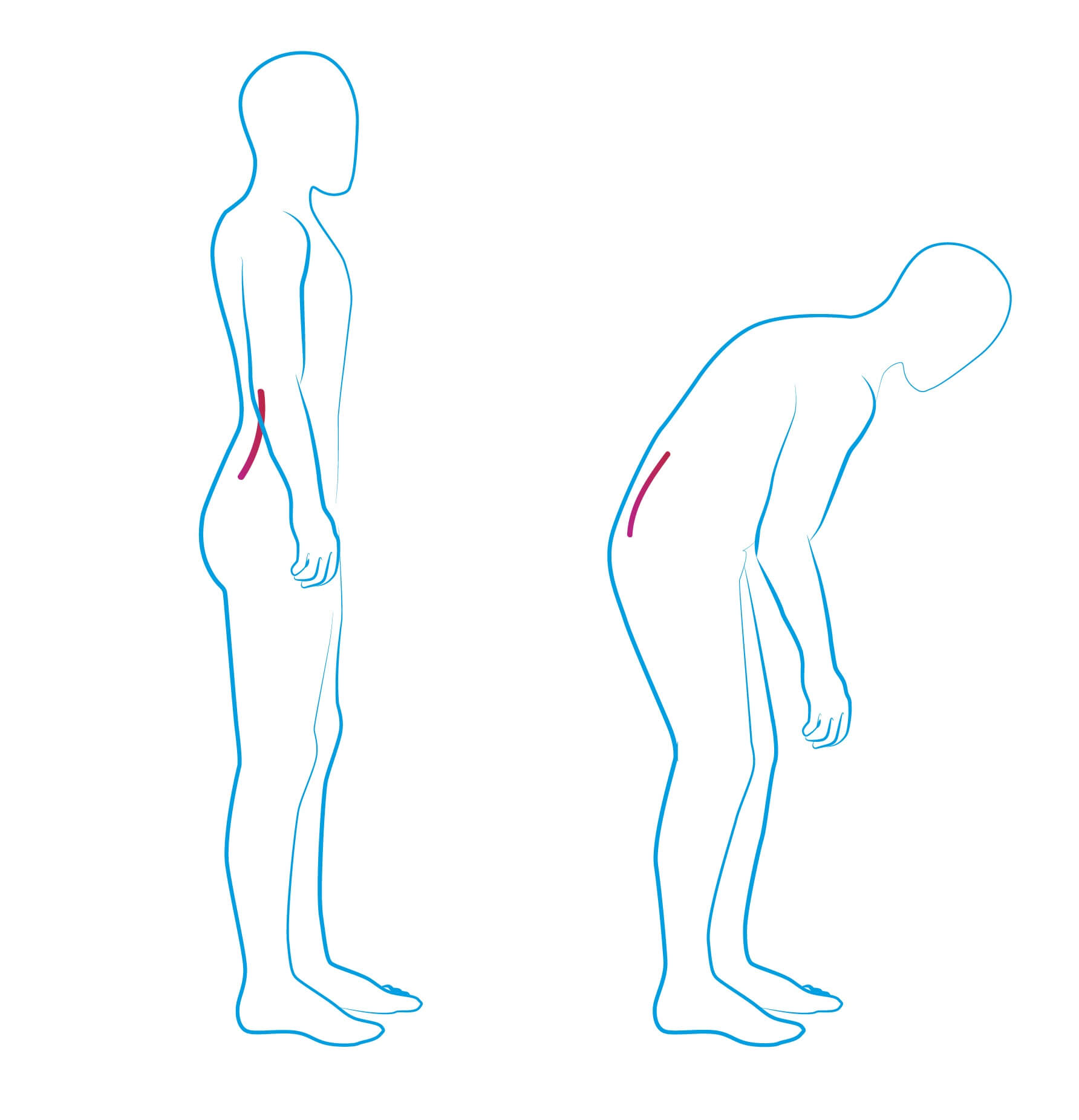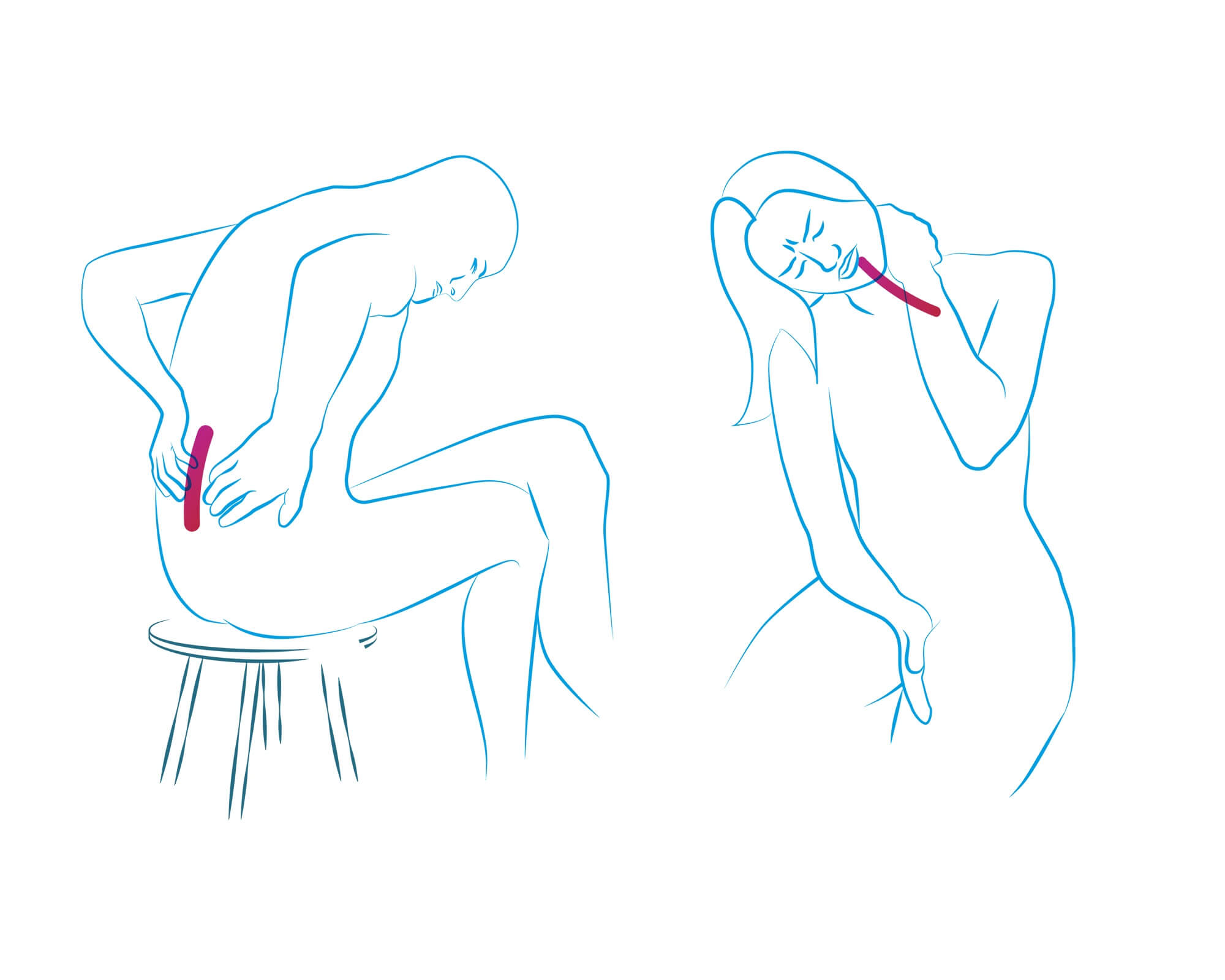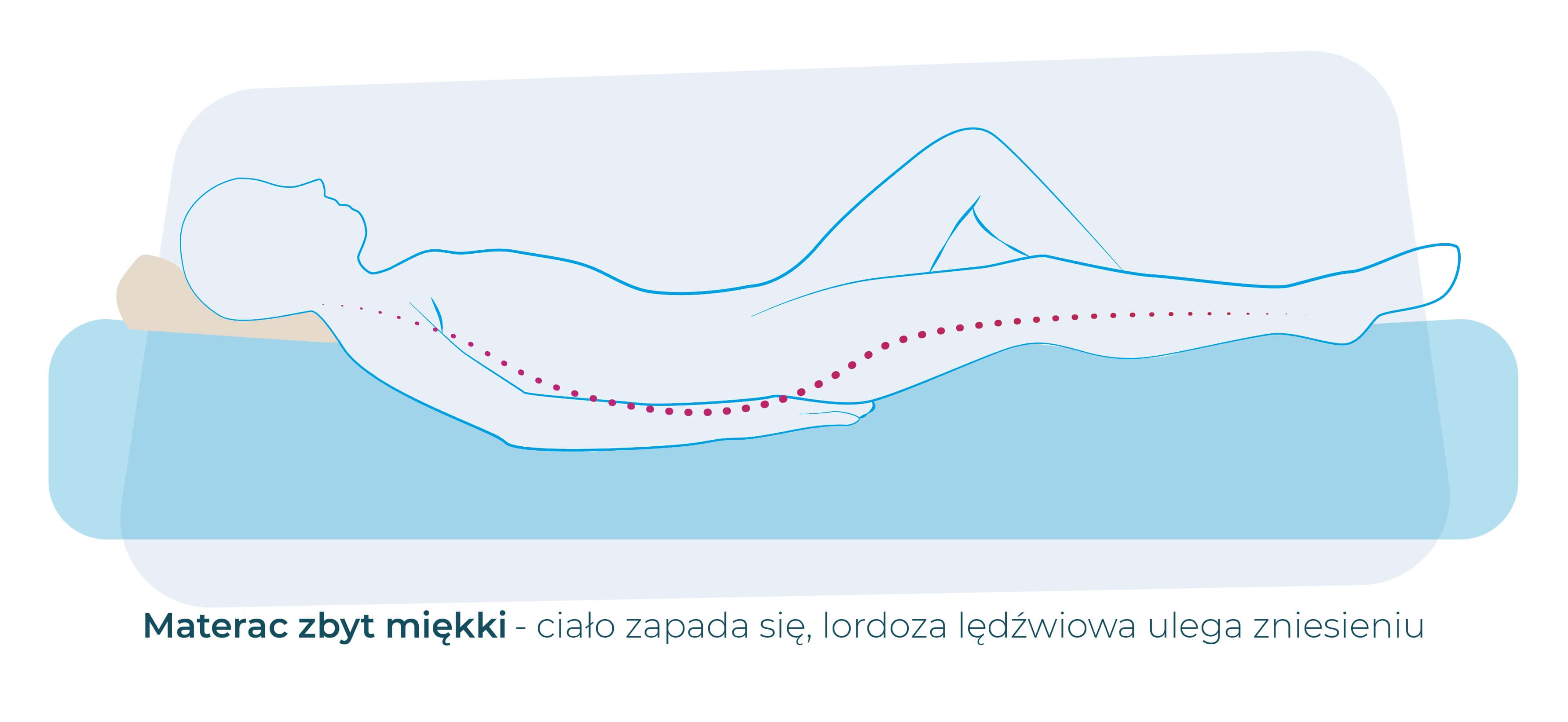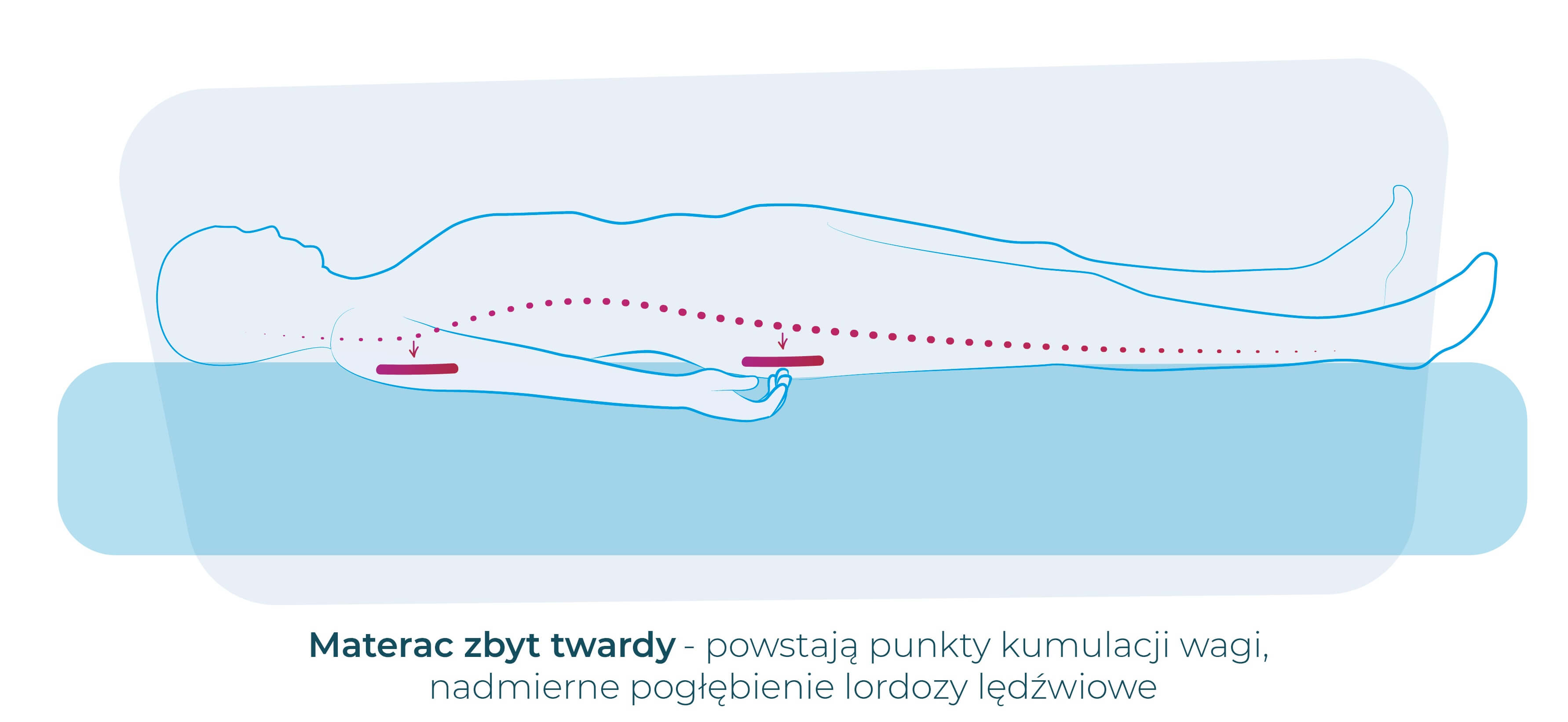Treatment of lower back pain depends on its cause. In most cases, at least partial causal treatment can be carried out, rather than just symptomatic treatment. Combining treatment with a lifestyle change usually produces lasting effects that not only alleviate pain in the lumbar spine but also improve overall biopsychosocial functioning.
If the lower back pain is caused by degeneration of the intervertebral disc and the associated discopathy, the success of treatment depends on the stage at which it is at. A person whose intervertebral disc is still in the bulging or protrusion stage has a better chance of recovering, while someone in the extrusion stage has a significantly lower chance. Treatment in this case primarily involves physiotherapy but also includes acupuncture and psychoeducation for habit change. People with intervertebral disc sequestration can only partially regain their mobility and often require surgical intervention.
Lower back pain caused by sciatica will disappear when the underlying causes are removed. However, this is not always possible, so exercise recommended by a physiotherapist is necessary.
If lower back pain is caused by various internal organ diseases, it is essential to consult a specialist doctor immediately and follow their recommendations. In some cases, it is crucial to react as quickly as possible and not to trivialize symptoms.
Regardless of the cause of lower back pain, it is essential to ensure comfortable and healthy sleeping conditions. During sleep, our bodies are in a state of complete unawareness, which ultimately requires us to provide them with optimal support.
This is especially important when we consider the fact that we spend an average of one-third of our lives sleeping. For the average person, life lasts 25,915 days, which equates to an average of 207,320 hours of sleep. The importance of these hours is crucial not only for combating lower back pain but also directly affects a person's quality of functioning during the day.




